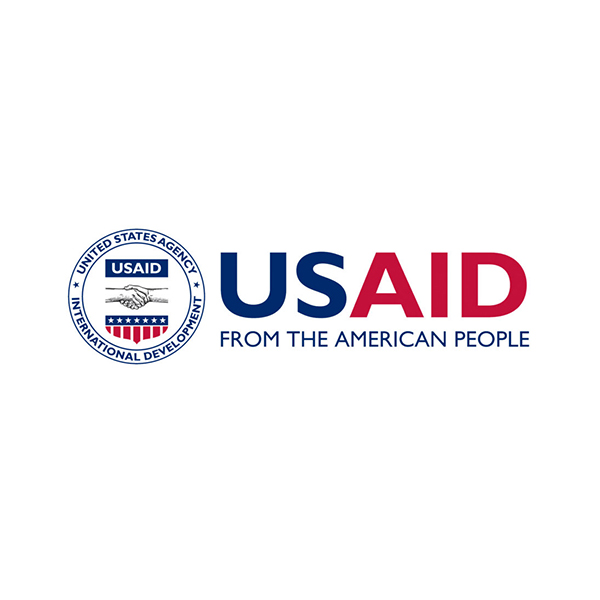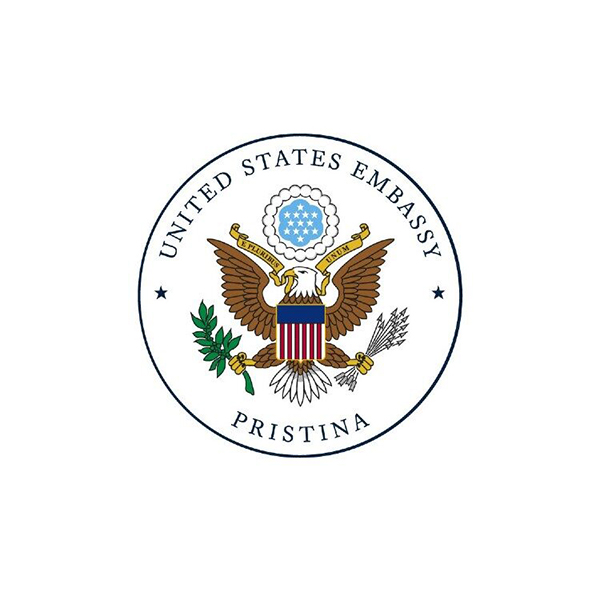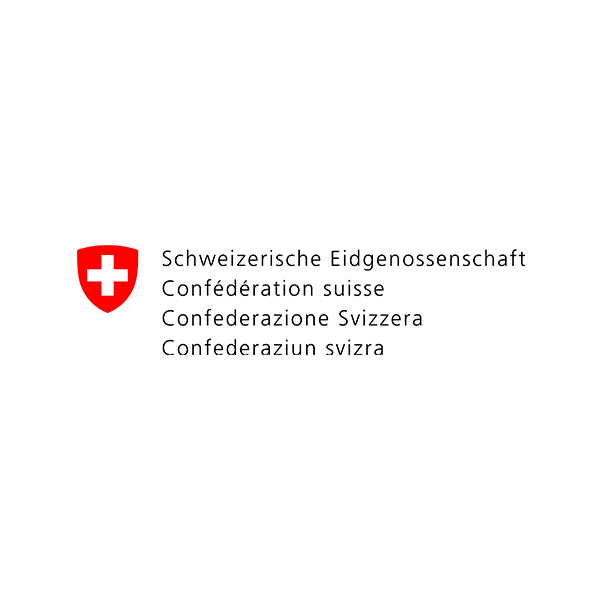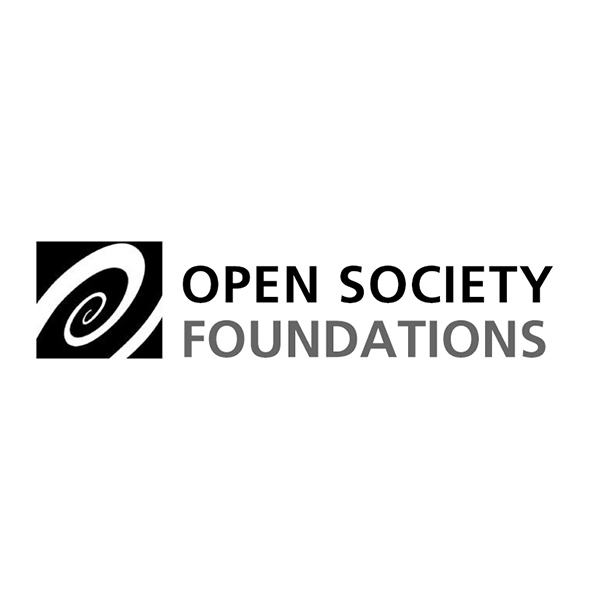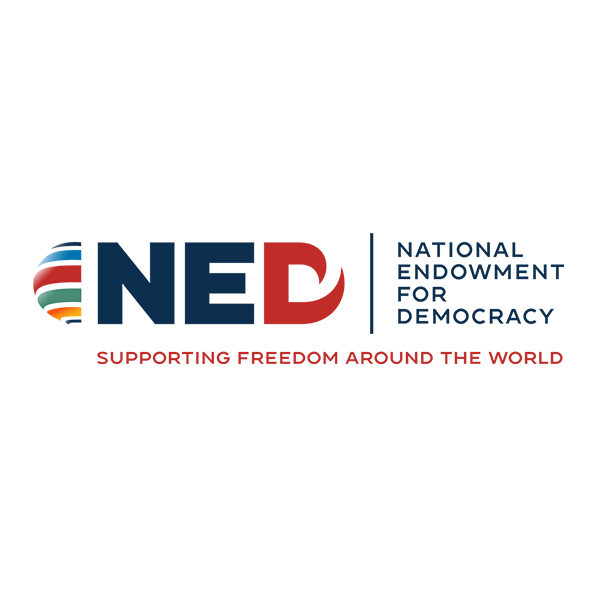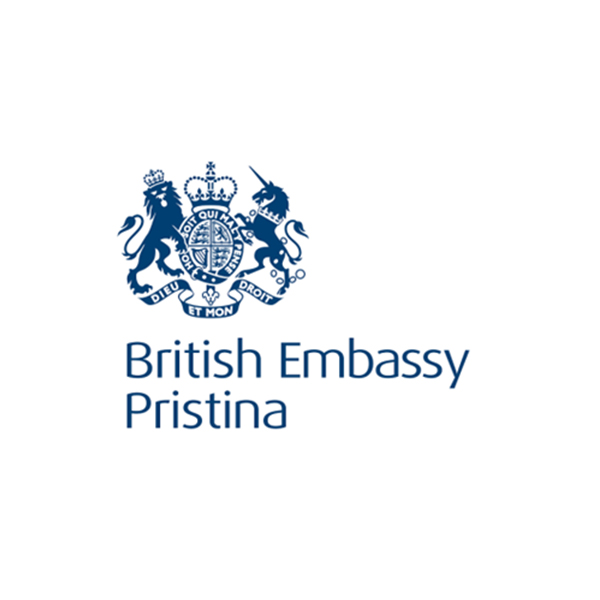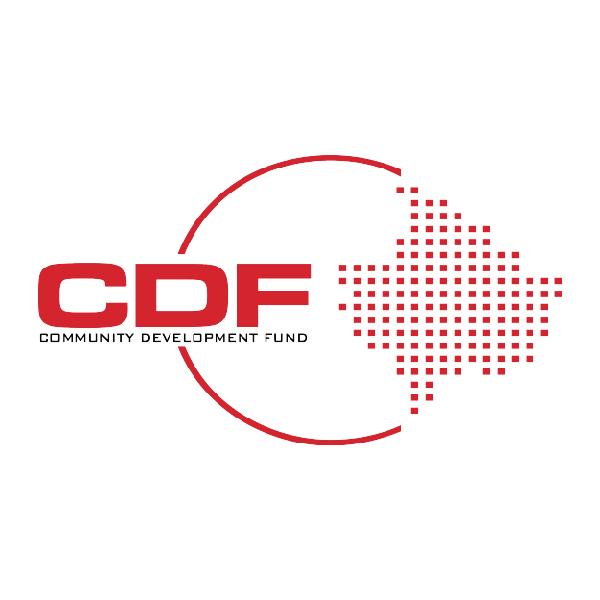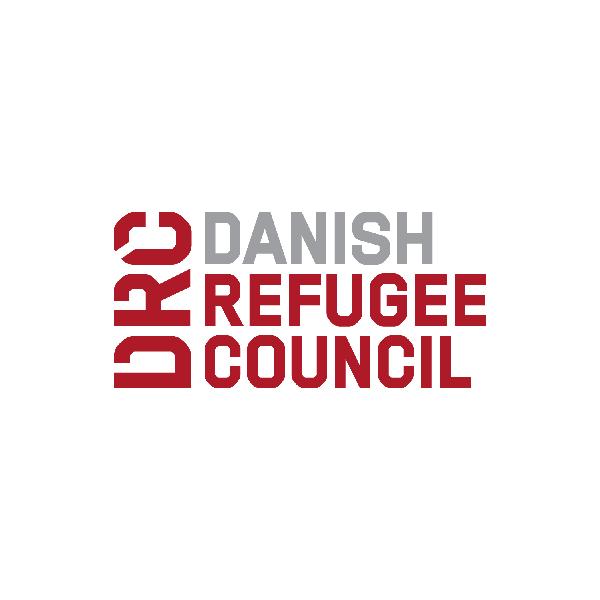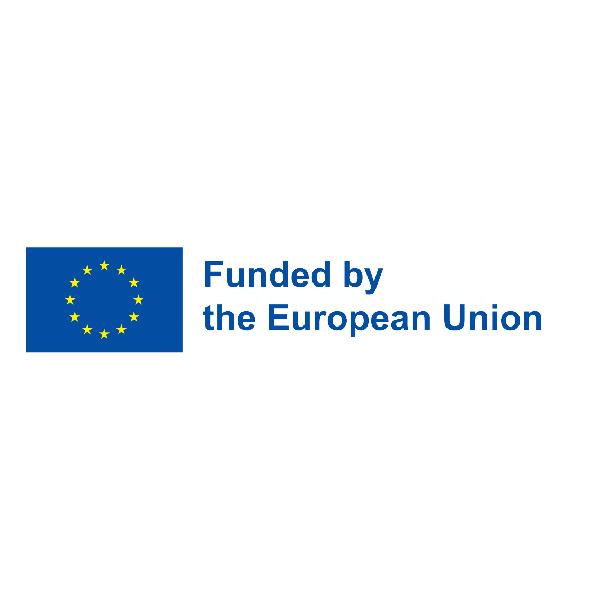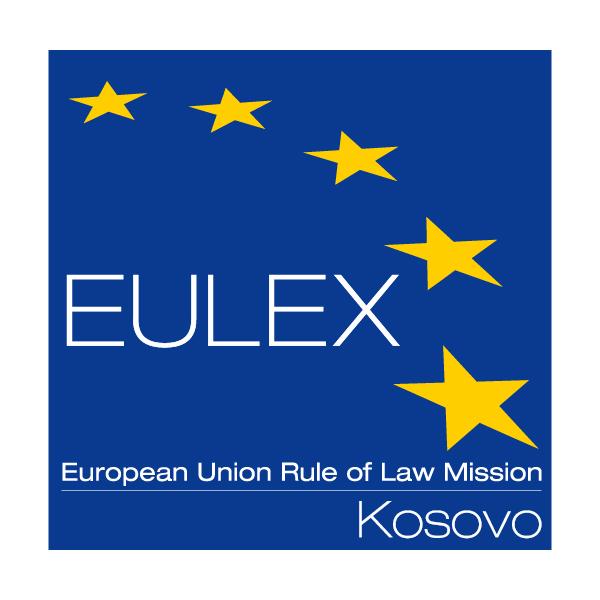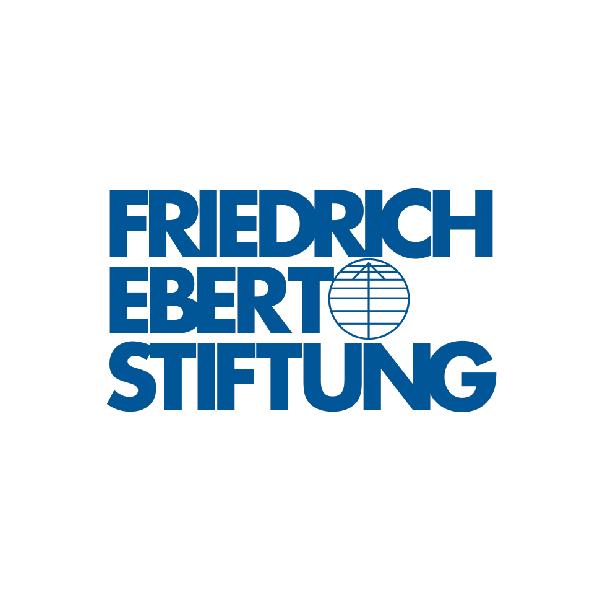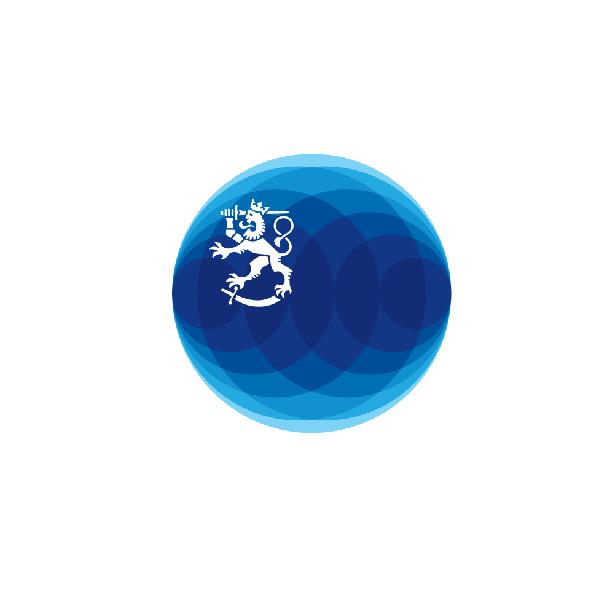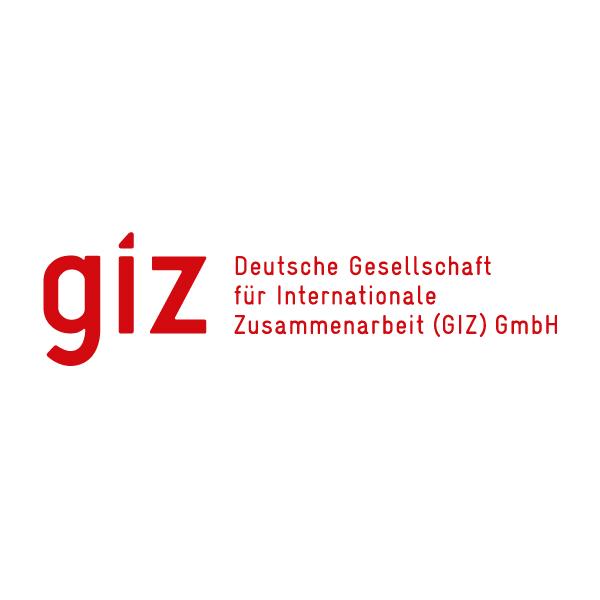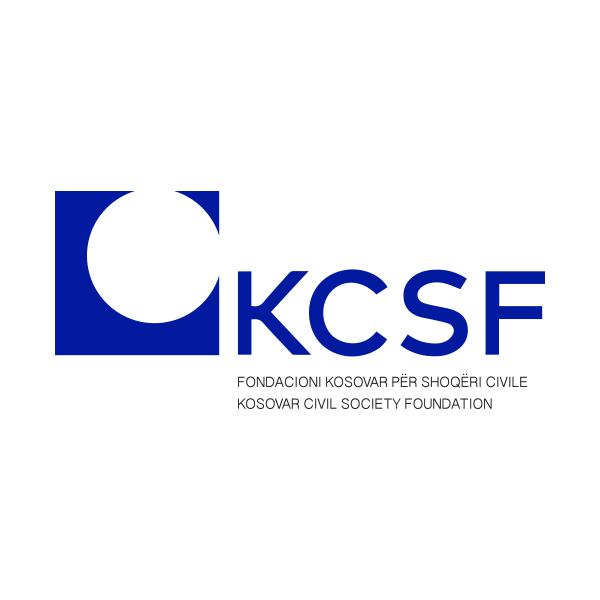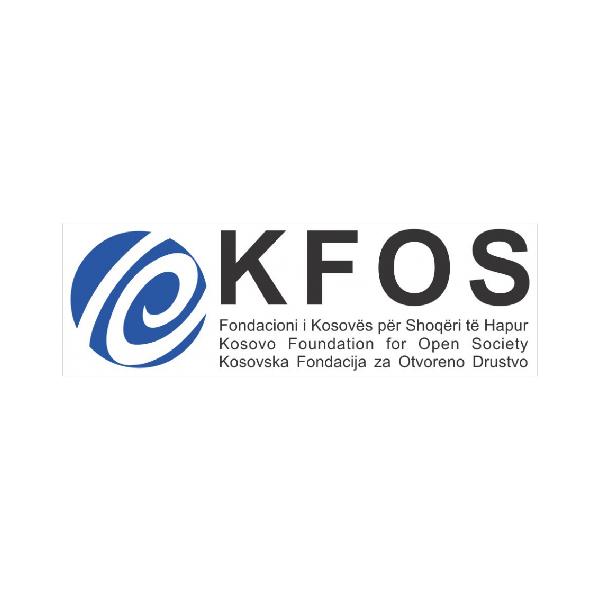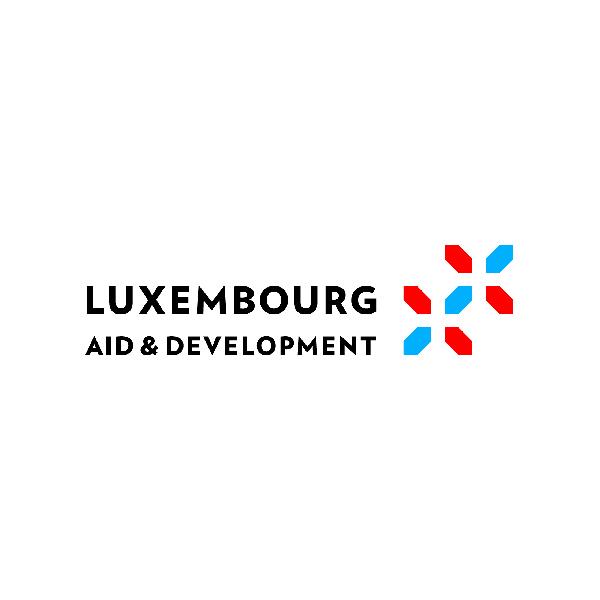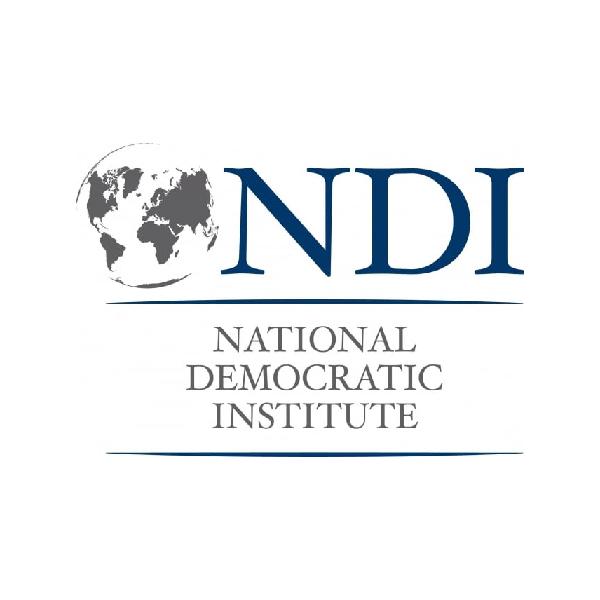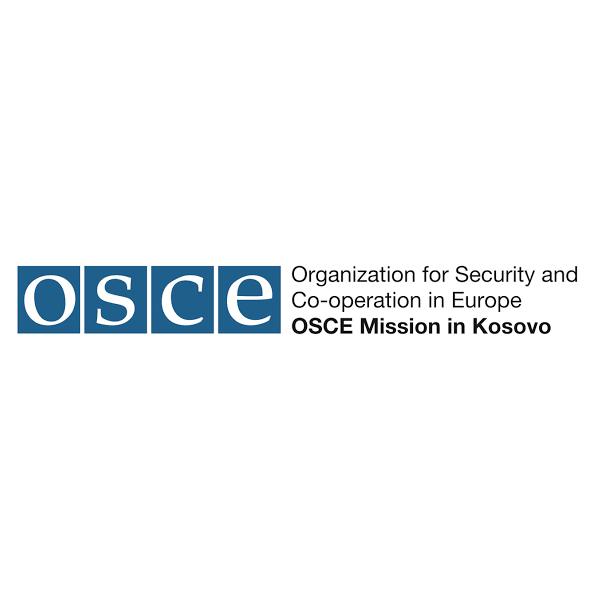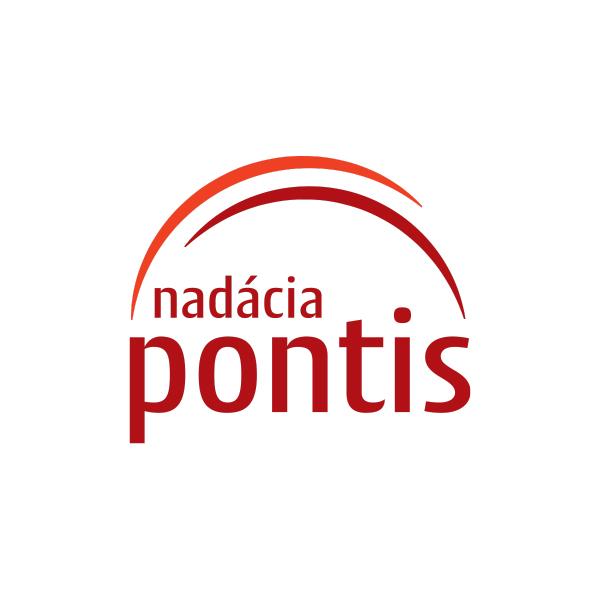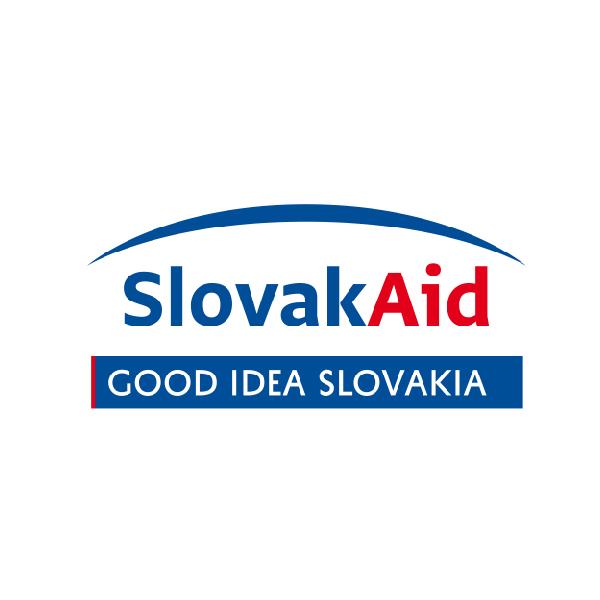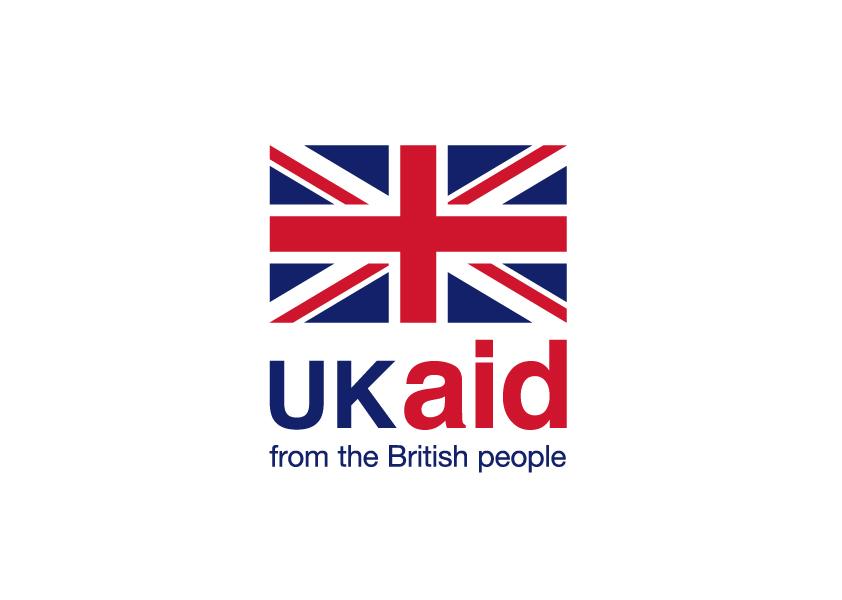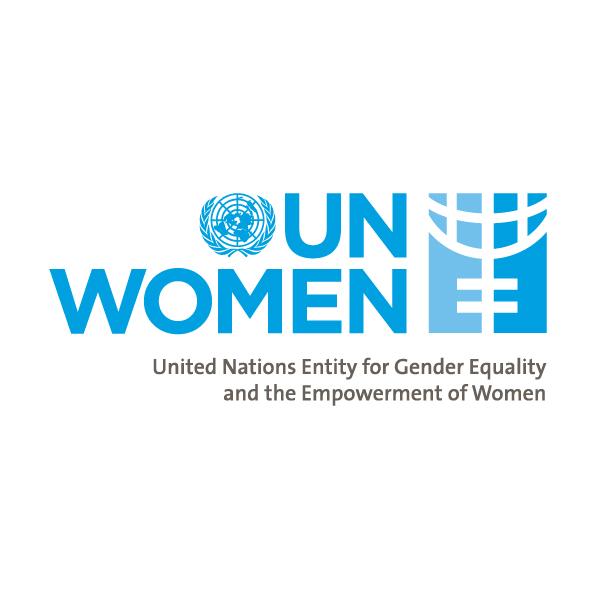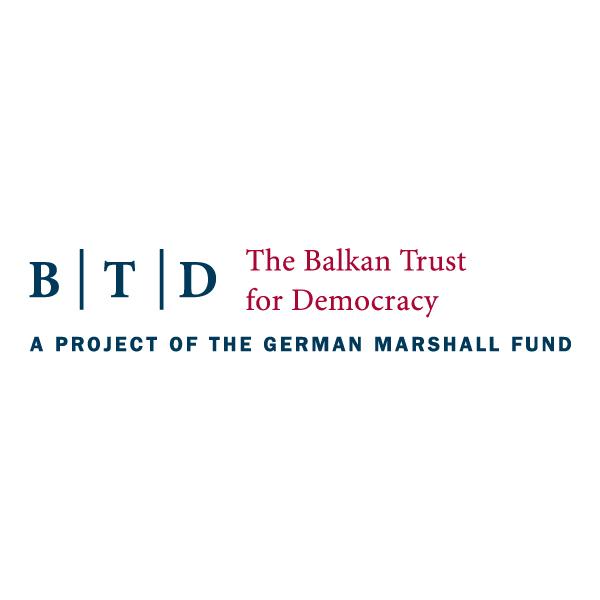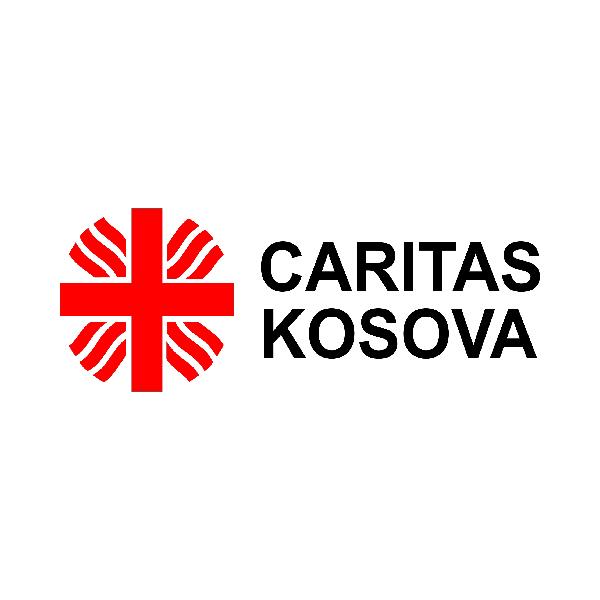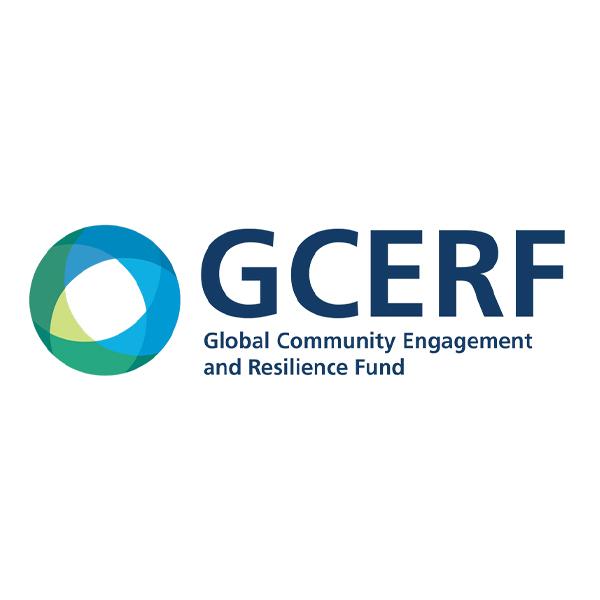Searching for cultural indicators of peace and reconciliation can be impersonated as a Sisyphean task, especially in post-conflict environments. Going into the political, religious or social segment, thus looking for the core in, the core that needs to be rectified and worked upon, can only be represented as the revision of the theoretical factors, with the disregard of the practical action in some not so popular phenomena. Precisely for that reason, this text will not be facing analytically in the direction of previous perceptions of the phenomenon of reconciliation, but it will have the intention to question the mentioned phenomena as the key ingredient to strengthening the culture of peace.
When speaking about the culture of peace, a thought must be given about why reconciliation and peace are needed in our society? Theories on conflict which can lead us to finding the key to ethnic differences on which certain conflicts are based, must not be abundant. Among all of these theories the most common one is – a shared overall belief in a common origin, which can often lead to showing the signs of narcissism, having in mind the slightest differences, that can rekindle certain conflicts, where the possession of a single culture can be represented as the key segment. Having in mind all of the previous, I truly believe that this is where the possibility of strengthening tolerance and reducing the social distance that is greatly visible in our society, lies. However, it should be borne in mind that in transitional societies culture is usually reduced to folklore, where the younger generations to whom the mass media represents the agent of socialization in creating value, have many more common interests, thus the culture can be reduced to a kind of cornerstone in overcoming conflict and the creation of a unified culture that is based on mutual respect for differences and multiculturalism, without the dismissal of the traditional.
Art is one of the foundations of culture, but both concepts are so broad that they cannot be defined by simple ideas. However, the attempt of trying to define the very nature of art and its social significance can lead us into a trap. For that reason, we will observe the art as a way of creativity, deliberation and an indicator for reconciliation in our society. Great number of non-governmental sectors have tried to find the best method to reach their goal and visibly change existing ethnic relations in the long run. A paradox ensues when, with the completion of a certain activity, round table or debate, everything turns only into a written word or statistics, without any strategy being planned that could carry any action. Art carries out the privilege of achieving a certain goal by direct work without being constantly imposed. Imposition can often lead to a counter-effect, since too much emphasis on solidarity often brings an increase in intolerance. The logical question that arises is: how can art possess this privilege?
Art is a timeless and non-ethnic category. Of course, we are talking about artistic values that have been confirmed over time. For that reason – Guernica will be given as a common example, from the perspective of an art admirer. Any given art enthusiast will not immediately merge Guernica to its Spanish origin, although its author Picasso was Spanish, but a universal significance will be given to it, symbolically, not neglecting the motif, it will represent the new movement and arise new aspirations. The same symbolism could be given to composers, writers, sculptors, architects, playwrights, directors. Here lies the power of art, because with artistic creation new vistas open up. The artist is not only the person that is engaged in aesthetic research, but an individual that by using his motifs and unique way of expression and language motivates us to think on the real problems, giving space to the observer or listener to think.
The topics that vary amongst creators are truly universal, by working together, contribution on the enrichment of personal experience and progress in further work is done, and on the other hand universality gives us a number of topics that are common to all of us, even though some might be seen as negative ones, from the ones that create separation. In that case, by working together, and exchanging the ideas amongst artists from different communities, the opportunity for an even stronger voice that deals with real problems can be heard. When we talk about art, it is inevitable to mention the ennobling power that art holds, from the philosophical point of view, where the artist, as the creator of something noble, gains a high role in society in every given period of time. Things that ennoble also attract attention, and as such become indicators that can be used for provoking the positive change.
Very often, certain actions are being used in a completely negative context. Having this in mind, artistic activity itself, can be seen as a cornerstone for a culture of peace, but it can easily become stumbling block. History teaches us that art was not infrequently in the service of ideologies, thus going beyond the framework of art for the sake of art. Societies in transition dealing with certain crises are susceptible to such phenomenon. Being under the political influence or turning to right-wing ideas, society itself – seen as consumers of art amongst their other characteristics, completely unconsciously seek and admire the motives of nationalism spiced with degradation or belittling of the other side. The question that just imposes itself is where the artist is in all of this? Did the artist allow himself to turn into a simple creator of art pieces that can be ordered, thus equated himself with a craftsman, or has the capitalism being in trend, simply influenced him to think that the price was the one that determines the motive? In this so called “game”, the artist disappears and with it, something that is still called art –strengthens, but this new art is not admonishing, does not ennobles, makes you think, it represents the raw material that is ready to annihilate.
With this in mind, we would go back from the beginning, and over and over again, seeking for the definition of art, but still, the answers are self-imposing. Art is a powerful tool that can change the world, it is the foundation of streams of civilization. The moment when it became captured, or placed to serve an individual, group or ideology, its features changed and art became poisonous, the poison might be invisible, but it is very effective and it spreads like infection. Therefore, art’s cry for freedom is not loud, it does not shriek, it deforms itself into a new means, losing all ethical and aesthetic elements from which it was once composed.


